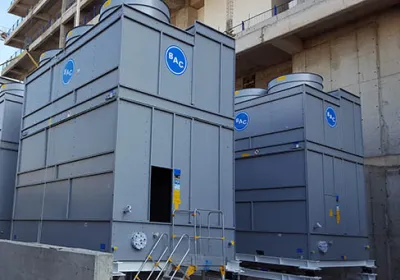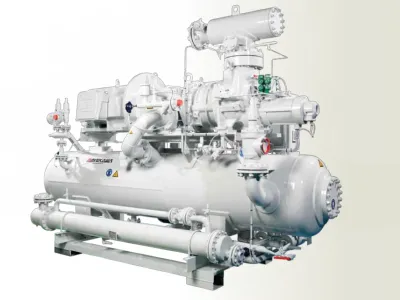Describes the transport and conversion of various forms of energy in systems.
Refrigeration Basics
Basics Of Thermodynamics
Thermodynamics (Greek thermos = heat + dynamis = force) or heat theory is a sub-area of classical physics. It describes the transport and conversion of different forms of energy in one or more systems.
Thermodynamics gives an answer to all the problems related to the changes in matter that occur with changes in temperature. This includes
Contents
Product Ad
Image

S1500E features:
cross-flow, axial fan, induced draft principle
Jobs
Mounting
Mechanic/Welder (m/f/d) at GEA
We are looking for three mechanics/welders (m/f/d) at our Berlin location.
Image

GEA Refrigeration Germany GmbH
Berlin, Germany
Fulltime
Project management refrigeration technology
Commercial Employee Order Processing in Engineering (m/f/d)
To strengthen our team, we are looking for a commercial employee to handle engineering projects as soon as possible.
Image

MTA Deutschland GmbH
Nettetal, Germany
Fitter refrigeration technology
MTA Refrigeration Technician (m/f/d) in Customer Service for Baden-Württemberg
To strengthen our team for the Stuttgart region, we are looking for you as a Refrigeration Technician (m/f/d) for our customer service.
Image

MTA Deutschland GmbH
Nettetal, Germany
Fulltime
Get in Touch with the Author
If you have any questions or would like additional information, the author of this article is happy to assist you. Simply use the options below to get in touch directly.
Related Products
Image

The novel J-profile construction allows for improved meshing of the male 5 lobe
and female 6 spline rotor. This results in excellent performance.
Image

The Danfoss Turbocor® TG compressor range has been expanded with several new models for use with HFO-1234ze .
Related Articles
Drop-In Refrigerants - Definition and Application
Using Drop-In Refrigerants as an Environmentally Friendly Alternative
MAK Value – Maximum Workplace Concentration
The MAK value determines the safe concentration of substances in workplace air and protects individuals from health risks.
What is subcooling?
Reducing energy costs and ensuring the longevity of the system with subcooling.
The refrigeration cycle
The refrigeration cycle and its components explained simple
Basics Of Thermodynamics
Describes the transport and conversion of various forms of energy in systems.
condensing units Installation instructions
General information and practical tips for using Danfoss OptymaTM condensing units are given below. OptymaTM condensing units represent a complete range of units with hermetic Danfoss reciprocating compressors. The design of this series corresponds to the needs of the market. In general, to give an overview of the program, each subsection is divided into the different hermetic compressors mounted on the condensing units.
The refrigeration manufacturer
Mechatronics technician for refrigeration technology
Why refrigeration technology?
In certain areas of application, refrigeration systems are more energetic than conventional heating systems.
Energy optimization of refrigeration systems
Energy optimization of refrigeration systems

